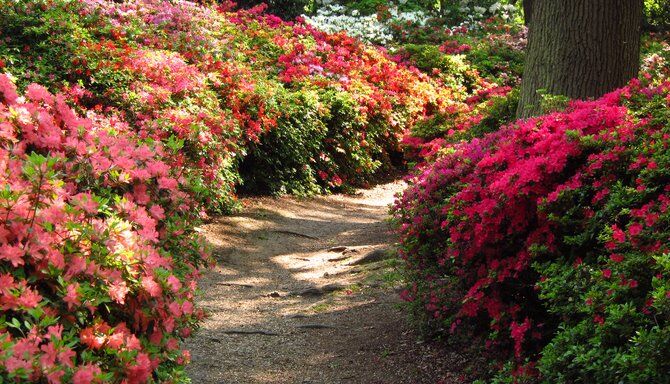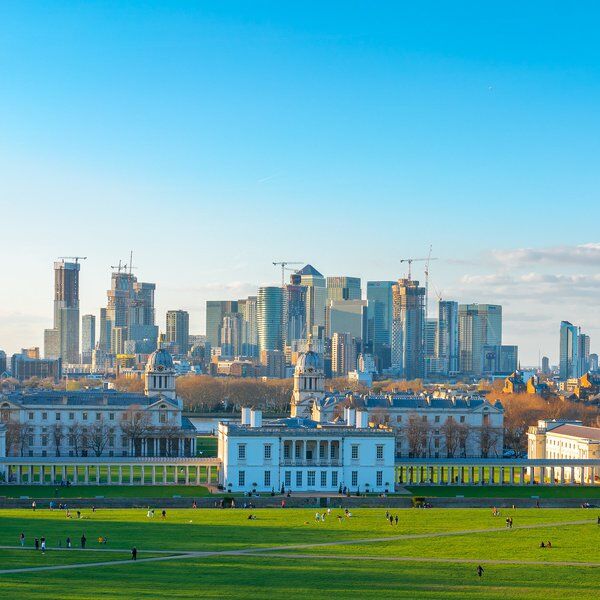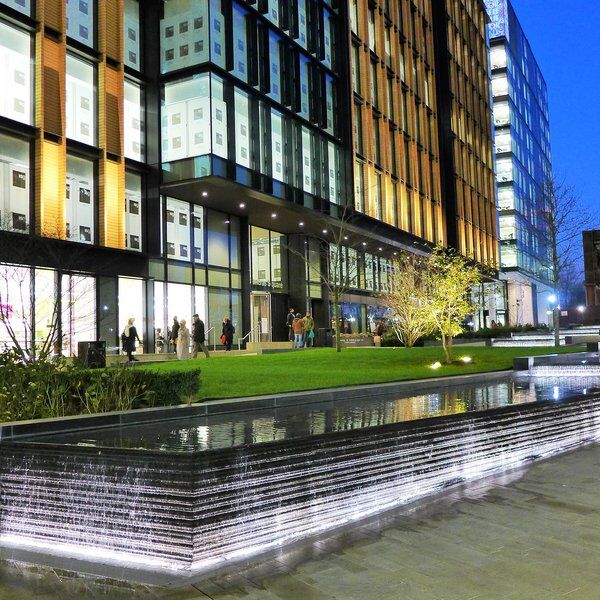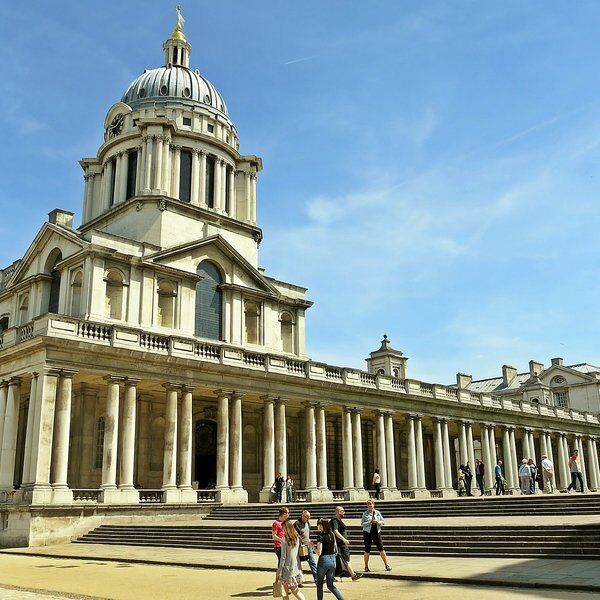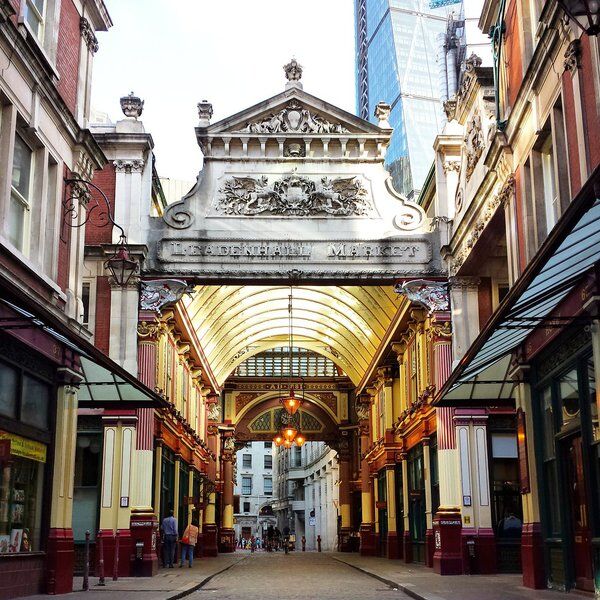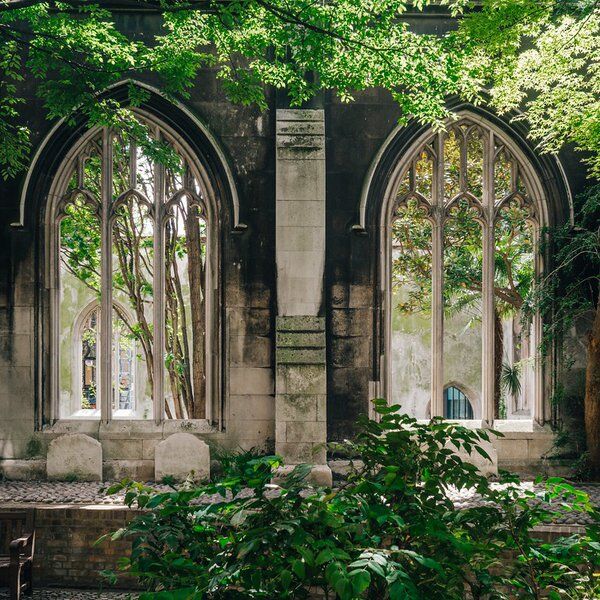
Discover the Isabella Plantation in London
Richmond Park, known for its big green lawns, woodland areas, and wild deer, is one of London’s largest and most untamed parks. However, tucked away within this wild parkland lies a hidden gem that many visitors overlook—the Isabella Plantation. This secret space is an enclosed, 40-acre woodland garden, with diverse plant and animal life.
In early May, the garden becomes a paint palette of colour with the evergreen azaleas, rhododendrons, magnolias, and camellias, lining the ponds and streams. Visitors can embark on different trails like the Bluebell Walk and Camelia Walk to uncover the Isabella Plantations vibrant natural world.
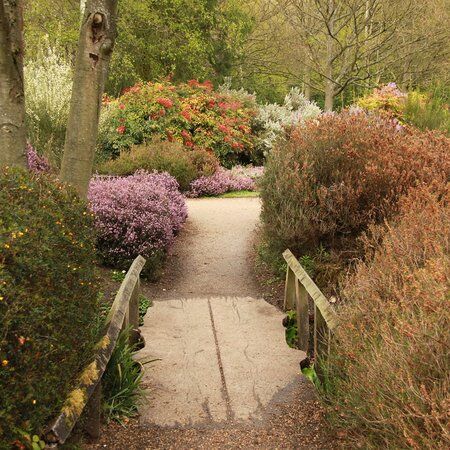
The History of Isabella Plantation in Richmond Park
Naming the Land: 17th and 18th Centuries
In the 17th century, the area now known as Isabella Plantation was named "The Sleyt," a term used to describe boggy ground or open spaces between woods. By 1771, maps identified this part of Richmond Park as Isabella Slade. The name "Isabella" may have come from the wife or daughter of a staff member, or more likely the word "isabel”. This was an old term meaning dingy or greyish brown, which described the soil's colour in this area.
In 1831, Lord Sidmouth, the Deputy Park Ranger, marked off 42 acres of the Isabella Slade. He planted oak, beech, and sweet chestnut trees, and gave it the name Isabella Plantation. Sidmouth’s work transformed the area from a bog to a managed woodland.
Post-War Development: 1950s
Opened to the public in 1953, the present garden began to take shape through the efforts of George Thomson, the Park Superintendent from 1951-1971, and his head gardener, Wally Miller. Together, they removed invasive weeds and replaced them with rhododendron species, including the evergreen Kurume Azaleas around the Still Pond.
They also planted a range of exotic shrubs and trees, signalling the start of the park’s commitment to biodiversity. Today, the garden is part of the Richmond Park Site of Special Scientific Interest (SSSI), and native plants grow alongside exotic species. Along the perimeter and shelterbelt areas are nectar and berry-bearing trees and shrubs, providing food and shelter for a variety of wildlife, including birds, bats, and insects.

Expansion: 1960s to 2000
In 1960, the main stream running through the garden from Broomfield Hill Gate was dug, and the Plantation was expanded to include Peg's Pond. In 1989, a wild stream was created in the northern section, which has since been colonised by ferns, water plantains, and brook lime. The Bog Garden underwent renovation in 2000, which nurtured the land’s biodiversity.
Recent Development: 2011-2015
Between 2011 and 2015, Isabella Plantation saw extensive renovations funded by the Heritage Lottery and Big Lottery funds. These efforts focused on removing invasive Rhododendron ponticum, thereby opening up the garden and expanding the plant collections. New amenities were added, including improved pathways and new toilets.
In 2013 over 2,500 cubic metres of silt were removed from the garden’s ponds. Peg's Pond was extended and a new decking was added. It was also planted with reed beds to support diverse invertebrate and amphibian populations as well as resident water birds and species like the reed bunting and reed warbler.
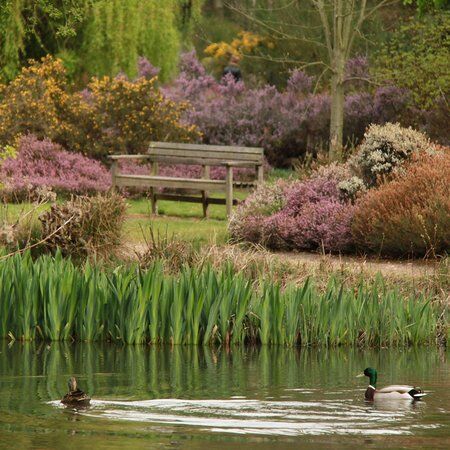
Features of the Isabella Plantation
Wildlife
The Isabella Plantation has incredibly diverse habitats, including ponds, streams, glades, bogs, and heather gardens. Beneath the woodland’s canopy, over 70 species of birds and six species of bats call the trees their home. Birds of prey like sparrowhawks, hunt smaller birds, while great spotted woodpeckers, treecreepers, and nuthatches inhabit the trees. Small mammals such as shrews, as well as the green oak roller caterpillar, thrive in the woodland. The plantation's rich soils and decaying wood provide ideal conditions for native plants, over 40 species of fungi, and insects including 50 species of beetles.
Heather Garden
The Heather Garden, although man-made, mimics natural heathland. Heathers grow freely, alongside native shrubs like gorse and broom, providing a regular nectar source for bumblebees and attracting various butterfly species. Visitors might spot brimstone butterflies in March and red admirals, commas, and small coppers during the summer. In total the garden supports over 130 species of butterflies and moths.
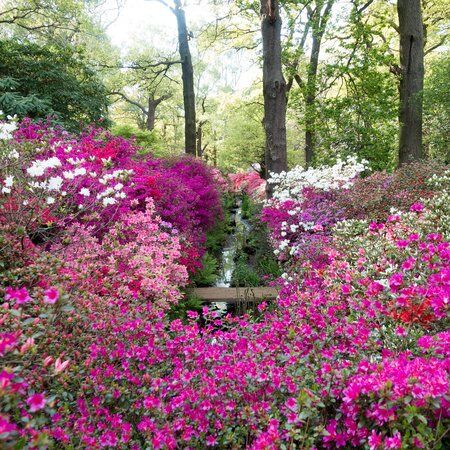
Still Pond and Thomson’s Stream
Streams, ditches, and ponds like the Still Pond and Thomson’s Pond in Isabella Plantation are fed by water pumped from Pen Ponds in Richmond Park. They provide crucial wildlife habitats for various bird species, including mallard, coot, moorhen, and Mandarin duck.
The ponds are surrounded by bright crimson azaleas, particularly the 'Hinodegiri' variety and connected by streams lined with rhododendrons. This is a great spot for photographs, especially from the small bridges along Thomson’s Stream. Visitors who want to experience the woodland, Still Pond, Main Stream, and bridges should take the Camelia Walk, which showcases the best of the garden’s colours.
Bog Garden
The Bog Garden, located near Thomson’s Pond, features exotic pond plants like giant rhubarb and ornamental grasses, as well as native perennials such as purple loosestrife and Rosebay willowherb. Waterfalls and logs have been added to the streams to enhance the habitat for small mammals and amphibians, while light levels have been increased by trimming streamside vegetation.
Pembroke Lodge Gardens
Close to Richmond Gate, the Grade II listed Pembroke Lodge has 12 acres of gardens with breathtaking views of King Henry’s Mound that can be enjoyed from the café. The gardens feature formal planting, seasonal bedding displays, and more naturalistic areas. The Rose Garden and cottage garden are filled with climbing roses and herbaceous borders. From King Henry’s Mound, a Bronze Age barrow, visitors can enjoy a protected view across London to St Paul’s Cathedral.
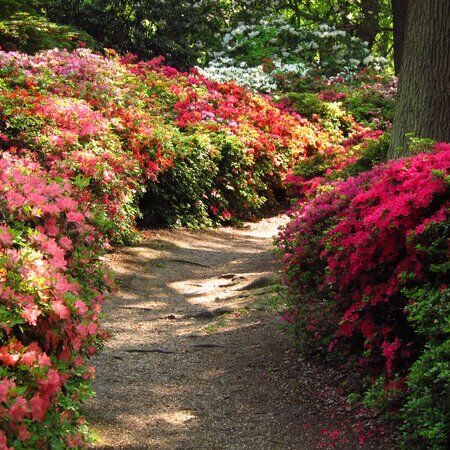
When is the Best Time to Visit the Isabella Plantation?
Isabella Plantation is a beautiful attraction all year long and the Heather Garden, with its mix of heathers, gorse, and broom, provides year-round colour. In Autumn, the Acer Glade pops with its apt fiery colours. However, the best time to visit the plantation is during spring when the azaleas and rhododendrons are at their most spectacular.
Early signs of spring include daffodils, magnolias, and camellias blooming in March. The Bluebell Walk between Thomson Pond and Broomfield Hill Gate is a highlight in late spring when the bluebells are in full bloom. This blue-violet display is complemented by the fragrant Azalea pontica near Broomfield Hill Gate, adding a rich, spicy scent to the air.
The peak time to visit the garden’s famous 'Orange Beauty,' 'Rosebud,' 'Palestrina,' and 'Hinodegiri' varieties of azaleas and the fusion of pink, red, and purple rhododendrons is late April to mid-May. The evergreen azaleas are part of the National Plant Collection of Wilson 50 Kurume Azaleas, introduced to the West from Japan in the 1920s by plant collector Ernest Wilson.
For a scenic route, follow the red dotted trail from Broomfield Hill Gate. This path is perfect for experiencing the famous azaleas and rhododendrons in glorious colour. The trail also opens out into views of the woodland garden's ponds and streams.

Visiting Isabella Plantation with CityDays
The nearest vehicle access is via Kingston Gate, and the closest pedestrian access is Ladderstile Gate. The main car park, Broomfield Hill, is just a five-minute walk from the entrance. The Isabella Plantation Café, located in the Broomfield Hill car park, serves a variety of snacks and beverages. It opens from 9:00 am and is a great spot to observe local wildlife, including the ducks.
For those with disabilities, Peg's Pond car park is nearby and accessible from Richmond Gate, Ham Gate, or Kingston Gate. Once inside there are motorised wheelchairs available with prior booking. Great care has been taken to improve path surfaces and bridges, making the garden accessible for all visitors.
If you’re interested in exploring other gardens throughout London, we think you will enjoy one of our CityDays Food Hunts and in particular, the Taste of Soho Mystery Picnic, London.
This unique scavenger hunt allows you to discover the vibrant tastes of Central London. Follow a trail of puzzles around the area's best cafes, delis and bakeries, collecting free picnic bits along the way.
Along the way, you and your teammates will solve clues that interact with the streets themselves to unlock fascinating facts along with your delicious prizes. The food hunt culminates in the enjoyment of your delicious picnic, in a charming secret garden!
We think you’ll love it but for more information on this tour, and our other London Scavenger Hunts click here: Top 12 Immersive London Treasure Hunts & Scavenger Hunts | CityDays.
